

Pest managers cannot afford to take a pest management action without knowing if it is economically sound. Treating a pest needlessly is not conducive to making a profit. Other values such as aesthetics of the management situation (pertinent to landscapes, indoor settings), and environmental and social costs (e.g., clean-up of water sources, pesticide disposal, medical costs for workers, etc.) can play major roles in pest management decision-making.
Entomologists were one of the first groups to make an attempt to include the cost of pest control practices in management decision-making. Their goal was to develop some decision-making tools that would aid the pest manager in making economically sound decisions. First efforts were focused on production agriculture and cost:benefit analyses. Then as landscape and urban pest management evolved, so did attempts to consider not only economic profits, but the aesthetic value of pest control as well. Recent efforts have focused on incorporating costs to the environment and society from pest control practices. This review of the topic will attempt to provide a brief background on the concepts behind economics-based pest management decision-making.


Economic-injury Level (EIL) (Stern et al., 1959) – “The lowest population density of a pest that will cause economic damage; or the amount of pest injury which will justify the cost of control.”
The EIL concept was developed hand-in-hand with the Integrated Pest Management (IPM) concept and was used to promote the more rational use of pesticides, to avoid pesticide resistance, reduce problems with pesticide residues on agricultural products, and reduce negative effects of pesticides on non-target organisms.
Although the EIL concept was founded on economic considerations, it has been expanded to embrace concerns about environmental, social, and resource concerns, and sustainability (see Pedigo and Higley, 1992). For more information on integrated pest management (IPM), refer to IPM Fact Sheet No. 1 (The IPM Concept) and No. 2 (Important Components of a Successful Pest Management Program). Action Threshold (AT) – “The pest density at which control measures should be implemented to prevent it from reaching the Economic-injury Level (point where economic loss occurs).”
Aesthetic-injury Level – “Analogous to the EIL, except that aesthetic rather than economic considerations motivate the pest management decisions.”
The major components in a simplified equation (from Pedigo et al., 1986):
C = Pest Management Costs ($ per unit measure)
V = Market Value of Product, Managed Resource, etc. ($ per unit measure)
L = Loss Caused to Product, Managed Resource, etc., per Pest (loss per unit measure per pest)
EIL = (C/V) (1/L) Although this equation is only a simplified version, it is easy to see how considering costs, values, and losses can assist the pest manager in determining when the pest is actually causing economic losses.
The ease of determining the values of C, V, and L will vary with the pest management situation. To date, EIL values have primarily been determined for agricultural crops. However, the specific values in the equation will vary with many factors including geographic region, production practices, and market fluctuations. Despite these variables, it is still helpful for a pest manager to assess what these costs, values, and losses might be for his/her specific situation, and then to consider these values when making pest management decisions.
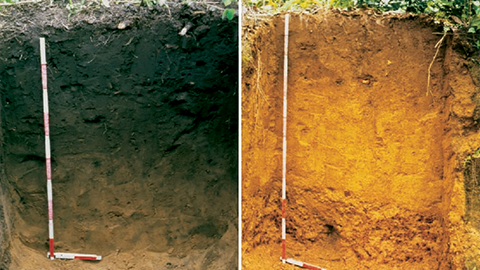
Biochar is a charcoal-like product that contains no petroleum. It is made by heating biomass such as herbaceous or woody crop residues, non-salvageable timber and slash, or animal manure, in a contained system. There are many potential uses for biocha
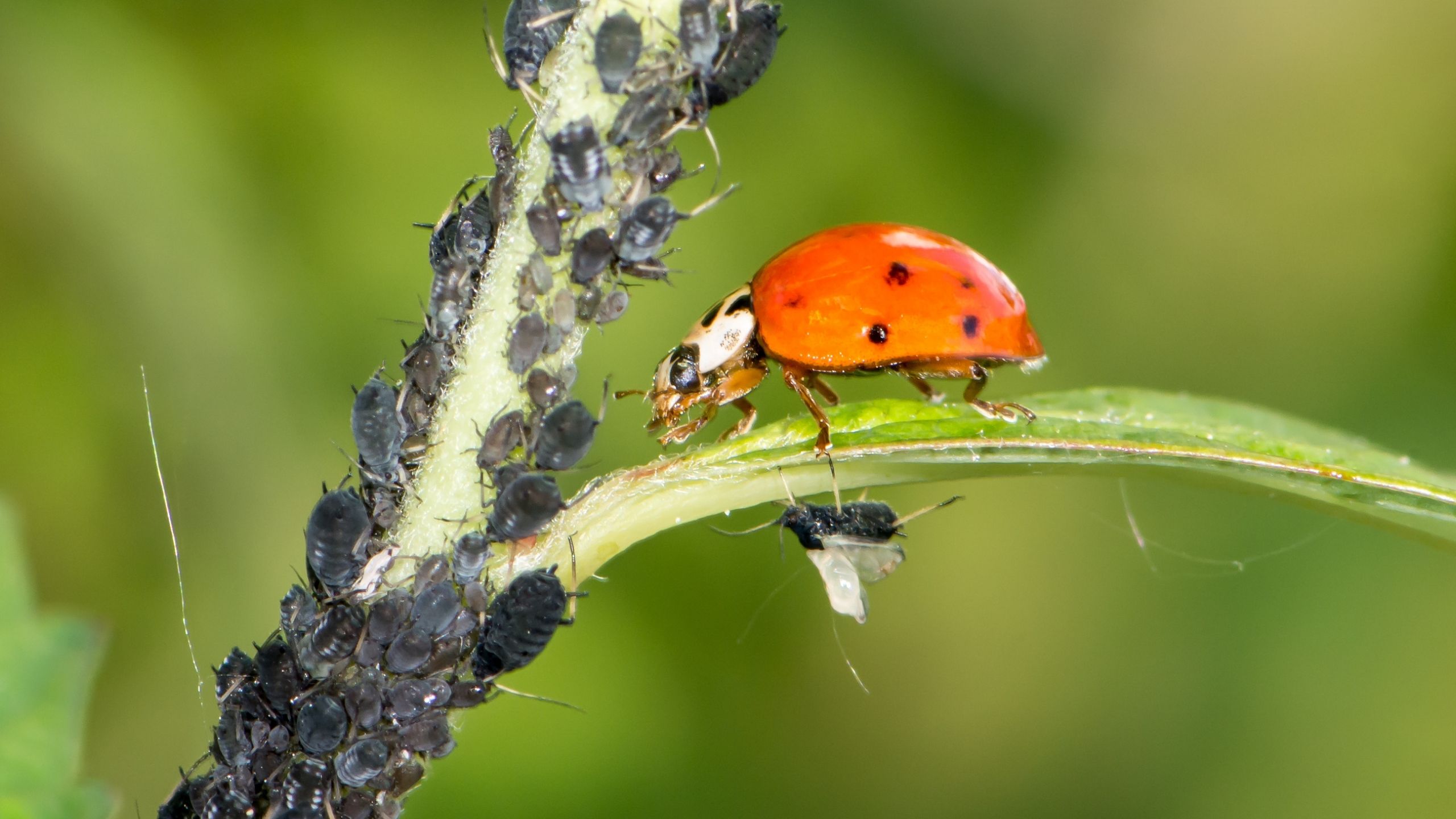
“Balance of Nature.” Virtually all pest populations are affected by natural enemies to some extent. In many cases, natural enemies are the primary regulating force of the pest populations.
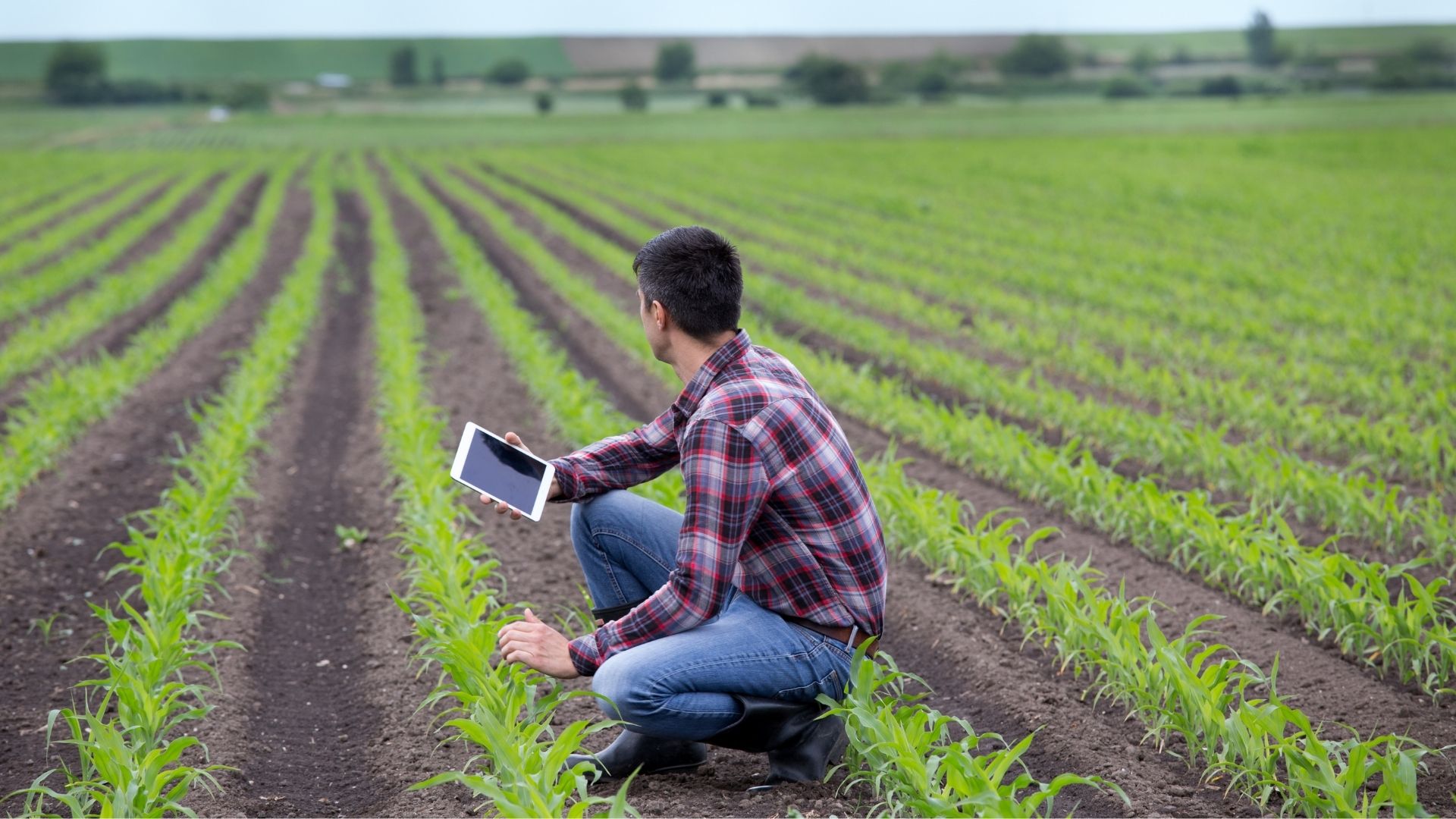
Degree days (often referred to as “growing degree days”) are accurate because insects have a predictable development pattern based on heat accumulation. Insects are exothermic (“cold-blooded”) and their body temperature and growth are affected by their su
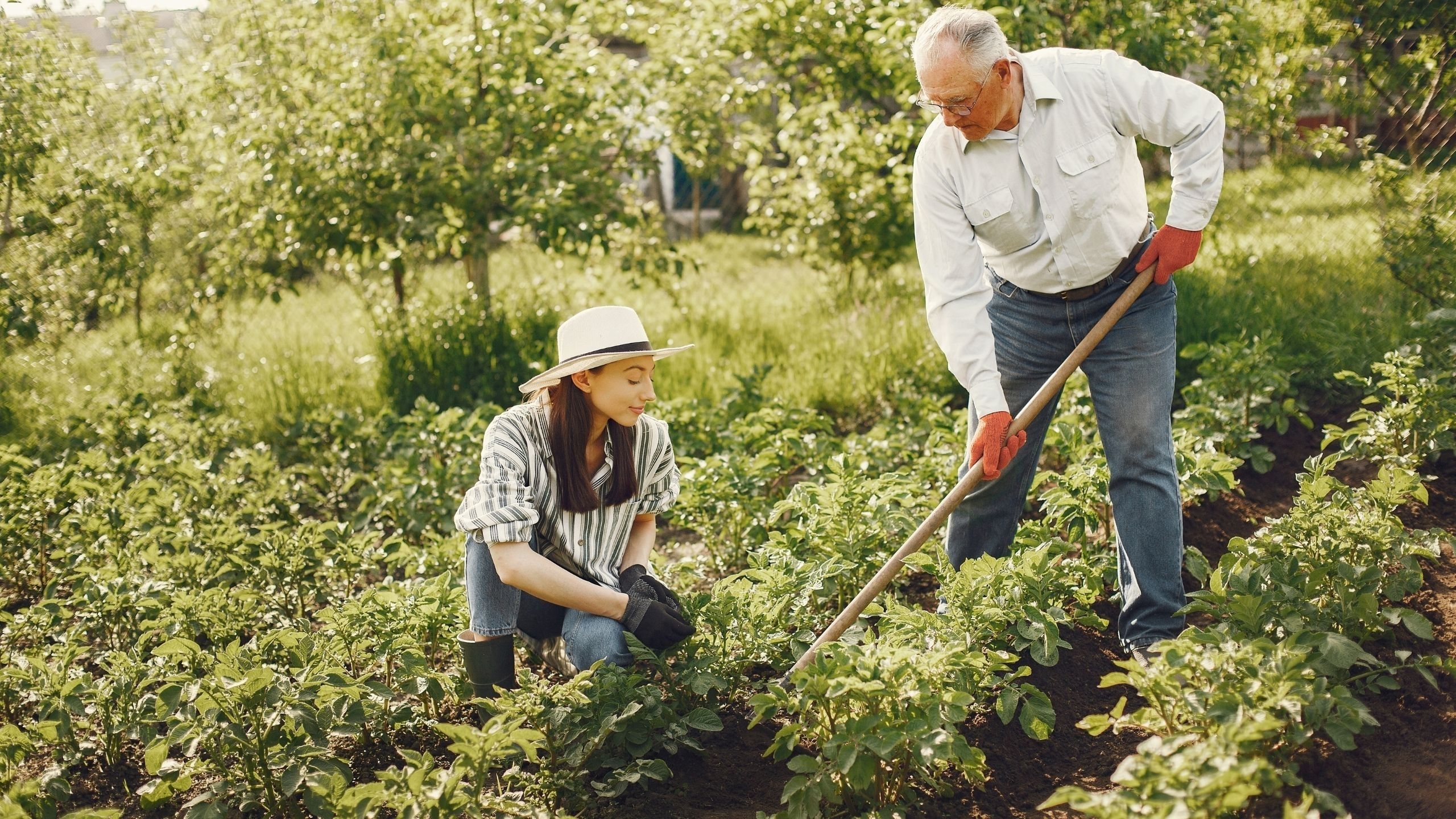
The lowest population density of a pest that will cause economic damage; or the amount of pest injury which will justify the cost of control.
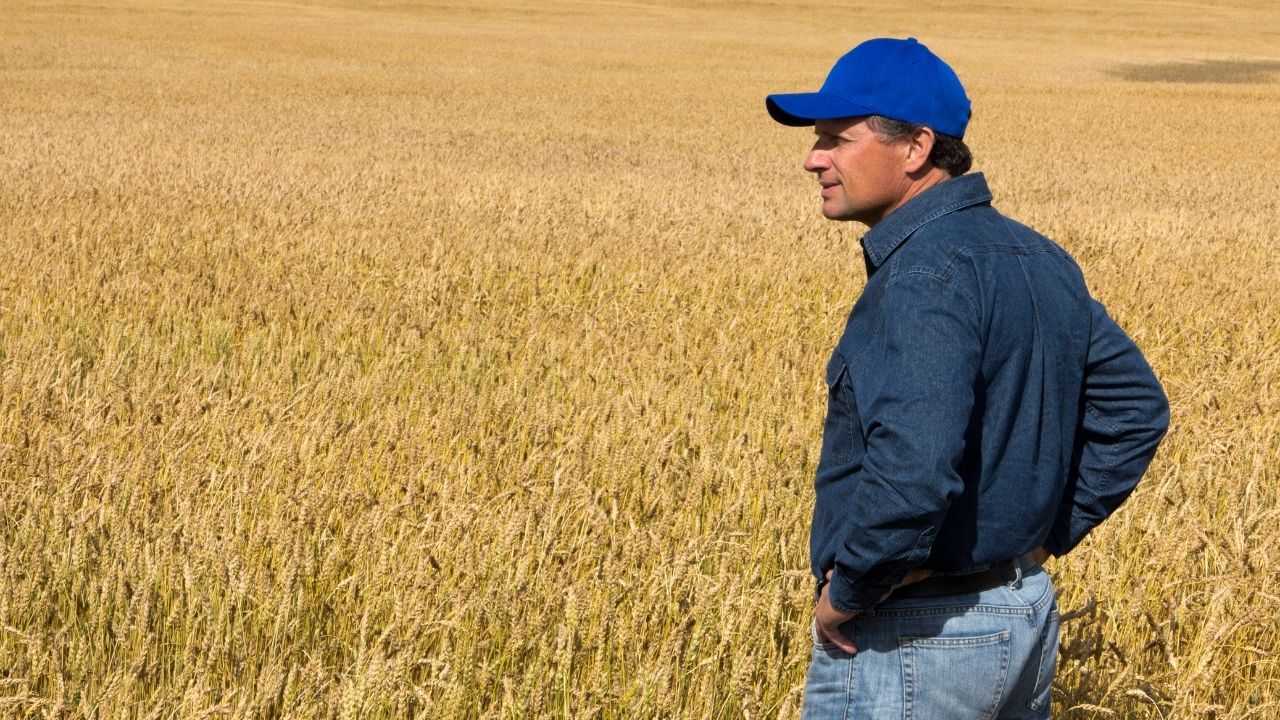
Pest managers cannot afford to take a pest management action without knowing if it is economically sound. Treating a pest needlessly is not conducive to making a profit. Other values such as aesthetics of the management situation (pertinent to landscapes
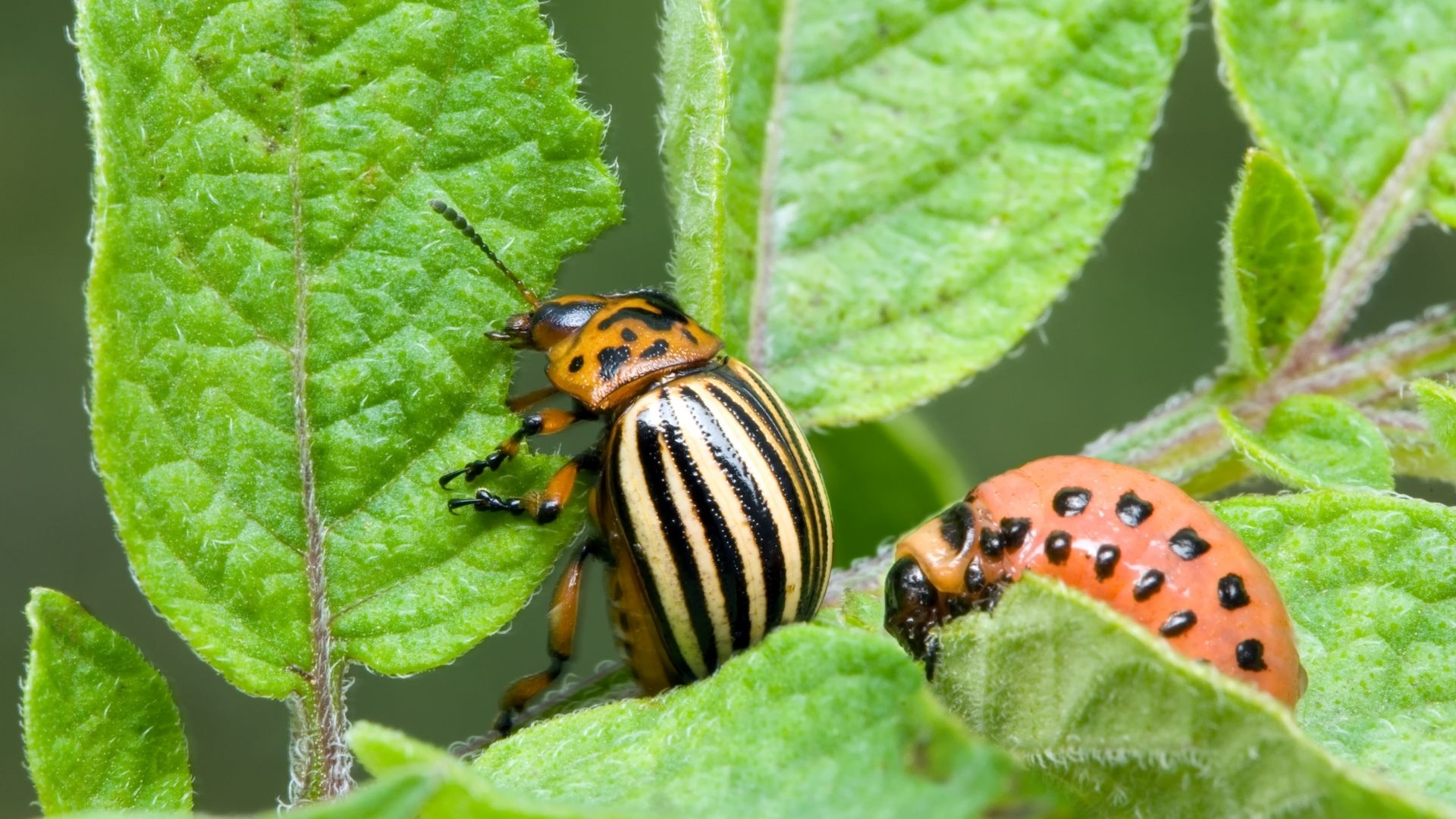
The term Pest Management came about in the early 1960’s, which then evolved into Integrated Pest Management (IPM). However, many aspects of IPM have been practiced since plants were first cultivated by humans.
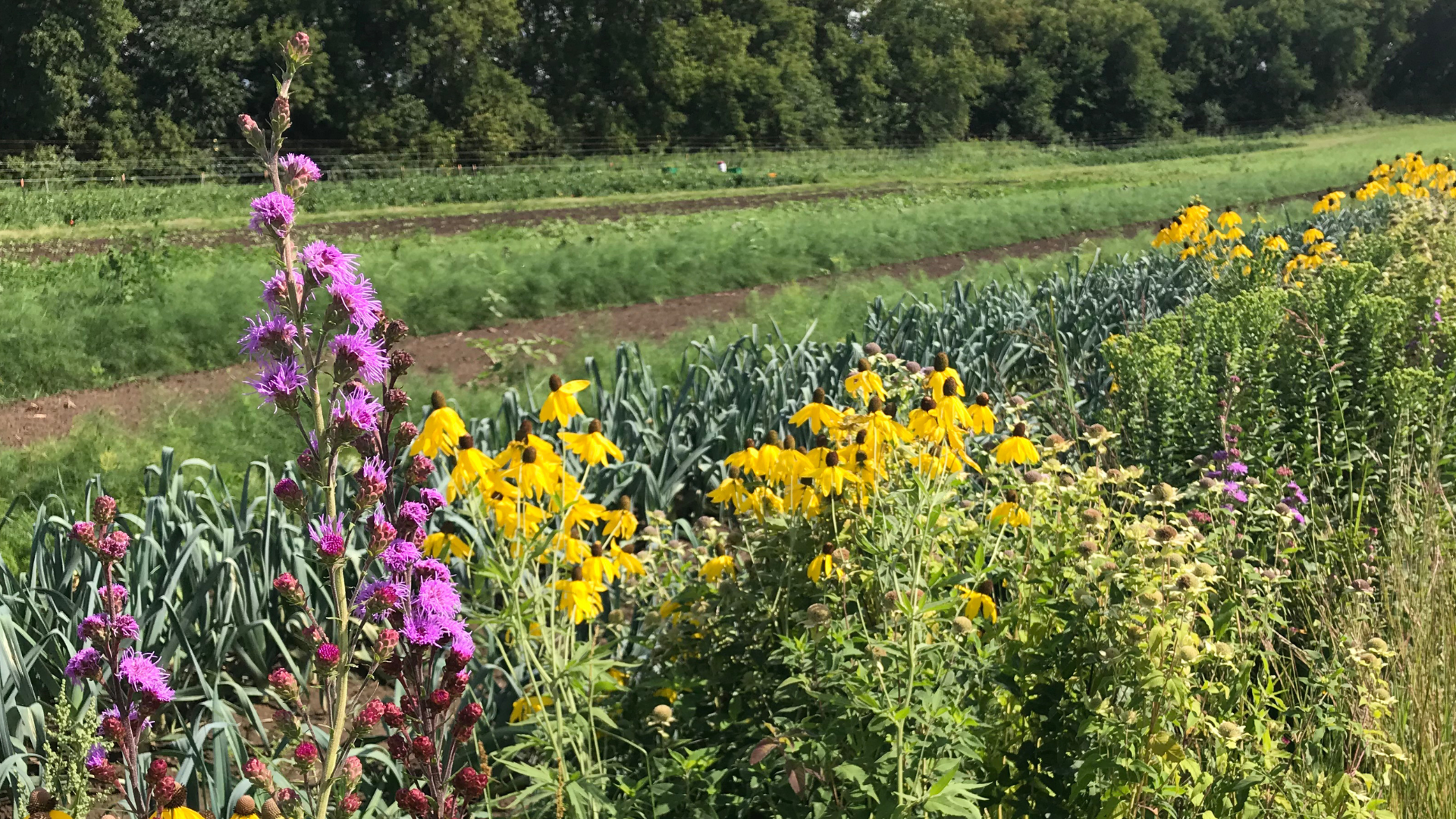 The IPPM Pyramid. Adapted from Egan et al. (2020)." />
The IPPM Pyramid. Adapted from Egan et al. (2020)." />
An inextricable link exists between humans and pollinators, with benefits that include ecosystem health and function and human food security. Bees, butterflies, moths, wasps, flies, and beetles are responsible for most of the world’s pollination servic
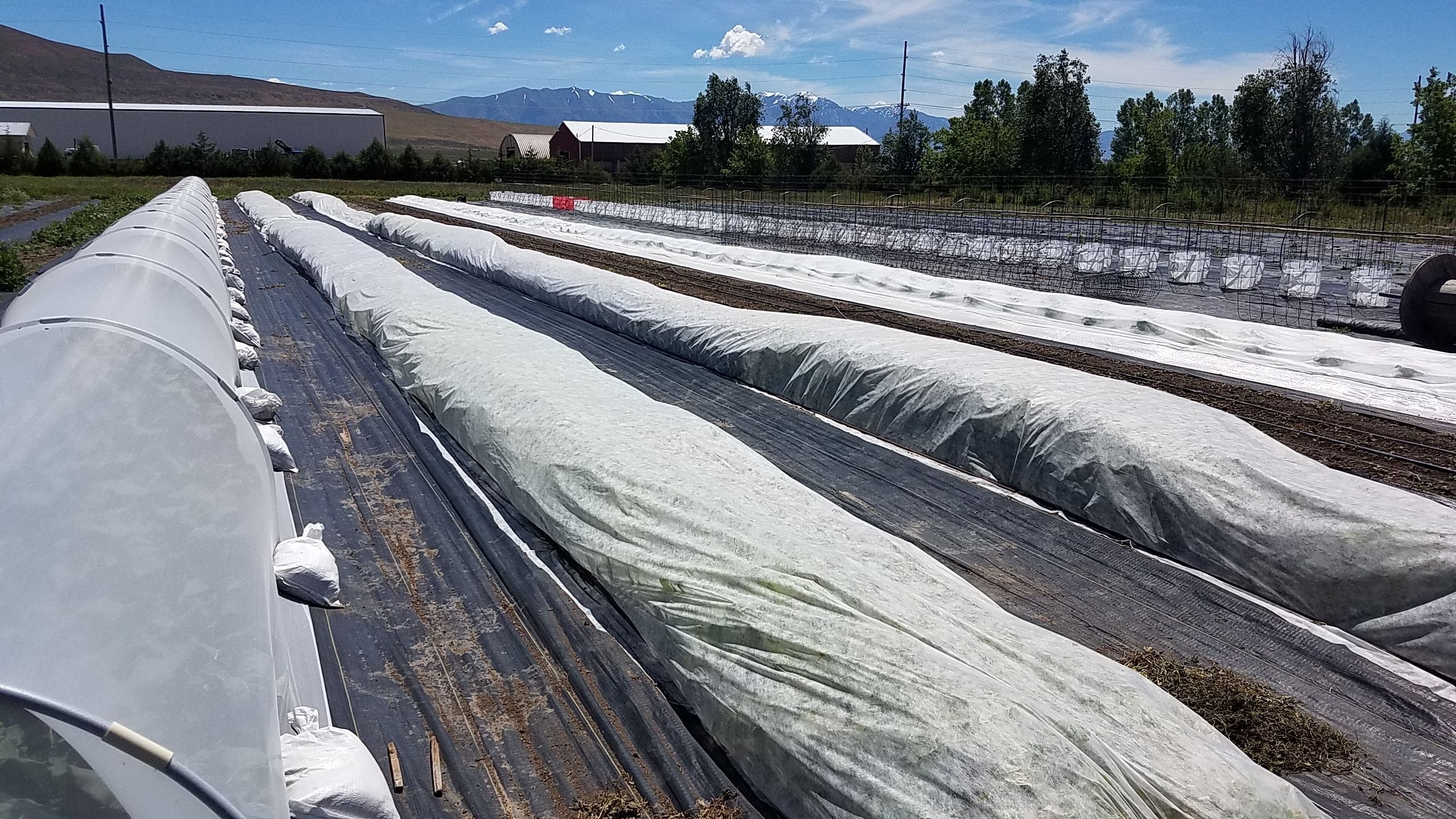
Row covers on Utah farms. As an integrated pest management tool, row covers act as a physical barrier that prevents the movement of pests such as insects, birds, and mammals, to host plants.